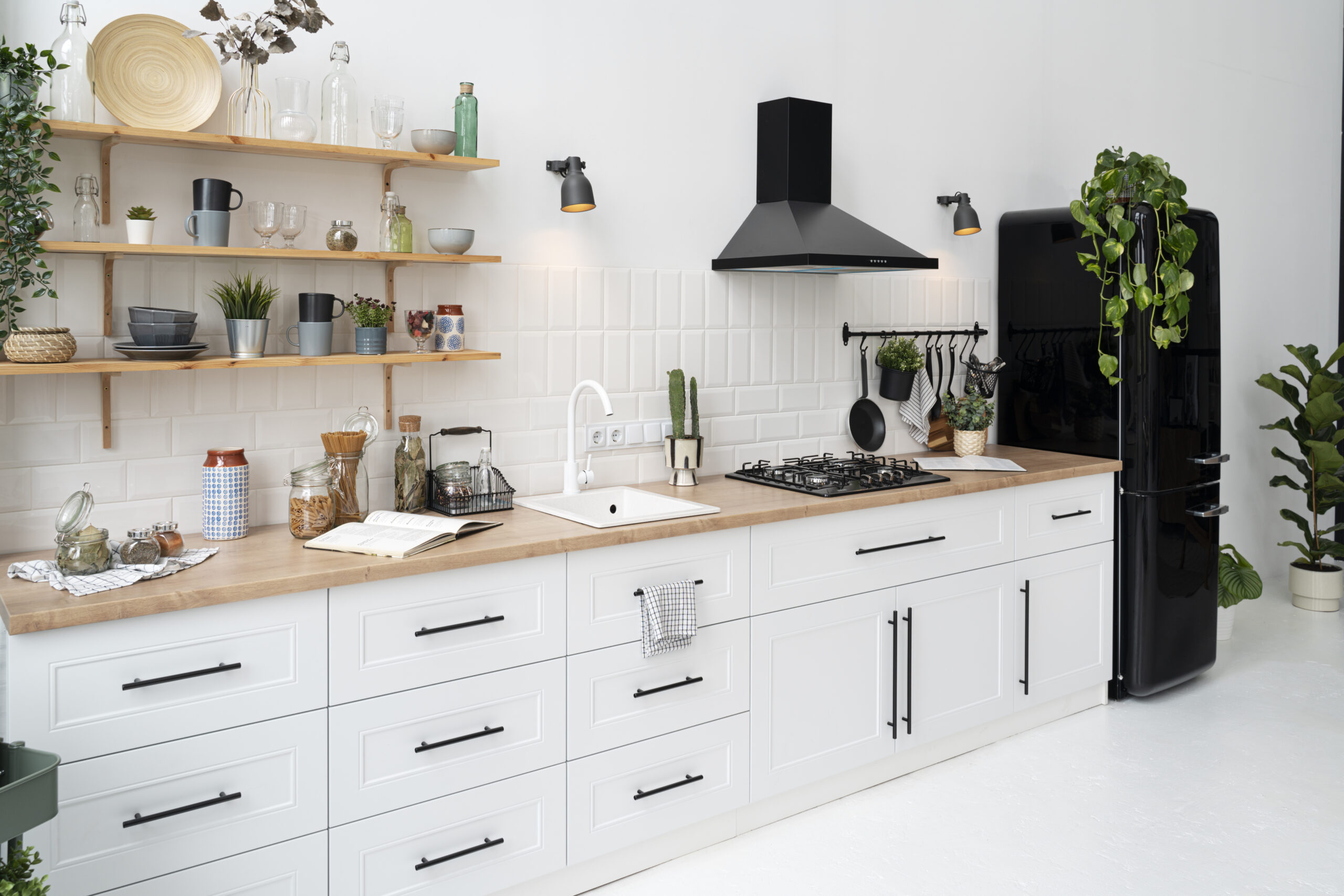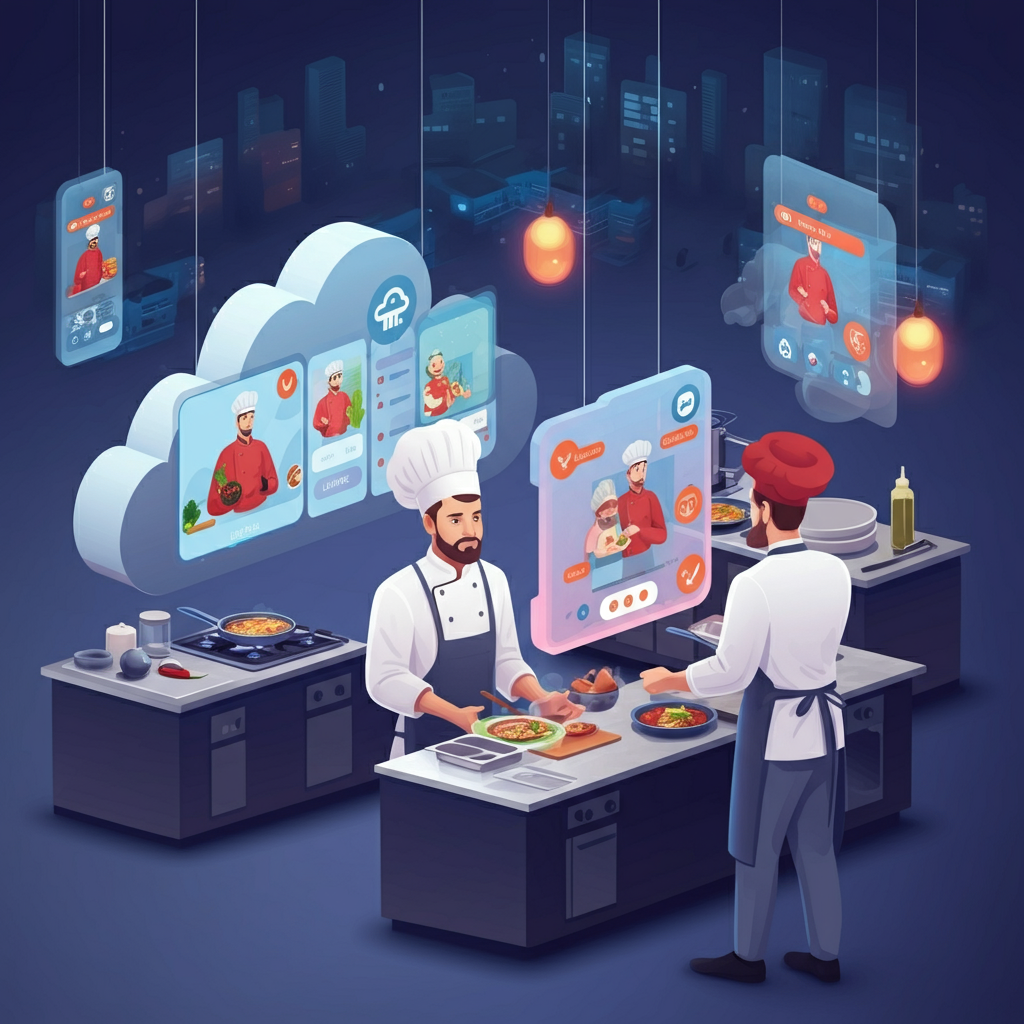Redefining Dining Through Cloud Kitchens
Food delivery has undergone a remarkable transformation, but there’s one sector revolutionizing our dining habits like never before—cloud kitchens. Also referred to as ghost kitchens or virtual restaurants, these delivery-only establishments are shaping the way we eat, removing the need for brick-and-mortar setups.
For us at [Your Brand Name], our cloud kitchen began as a vision to create an efficient, delicious, and affordable dining experience. But what truly defines our success is the evolution of our menu. Today, we’ll take you on a deep-dive into the genesis, challenges, and innovations of our cloud kitchen menu and what it takes to craft a menu that thrives in the dynamic world of online food delivery.
Genesis of Our Cloud Kitchen Menu
When we launched, the idea of a cloud kitchen felt like entering uncharted territory. The initial concept was simple yet focused—we set out to deliver comfort food staples people already loved. Our original menu leaned on classics like gourmet burgers, pasta, and pizzas. The inspiration stemmed from customer favorites that thrived in the delivery ecosystem.
This small yet focused menu was meant to eliminate complexity in operations while maintaining exceptional taste and quality. With fewer dishes, chefs could perfect each recipe. Simplicity was key, but little did we know that this was just the beginning of an exciting culinary adventure.
Early Customer Feedback and Adjustments
When the first orders rolled in, so did the reviews. Customers loved the convenience and quality, but some hinted they craved variety. For instance, we found that many wanted lighter meal options, such as salads or vegetarian dishes.
We took this feedback to heart. Our initial changes were about balance. Stories floated around from regulars wanting a tangy Caesar salad to pair with their meal or commenting on how our pizzas could use a bit more seasoning. These real, authentic voices shaped our next steps, proving that each piece of feedback was a treasure trove of insight.
Leveraging Data for Smarter Menu Optimization
The beauty of running a cloud kitchen lies in the wealth of data you can collect. Every click, every order, and every repeat visit told us a story about consumer behavior. Through analytics, we noticed patterns like high demand for evening comfort meals and a preference for customizable options during office lunch hours.
A/B testing became our go-to tool. We’d roll out two versions of a new dish, subtly tweak serving sizes or spice levels, and use real-time feedback to determine which version resonated best. Decisions weren’t made on a whim but were steeped in evidence.
For example, when launching a new dessert menu, we tested both a chocolate fondant and cheesecake in limited batches. Analytics revealed customer preferences, helping us chart the course for future sweet offerings.
Seasonal Ingredients and Local Sourcing
To keep things fresh and exciting, we incorporated seasonal and locally sourced ingredients into our menu. Not only did this enhance taste and quality, but it also connected us with the local food ecosystem while reducing transportation emissions.
For summer, we leaned into refreshing, citrusy ingredients, making dishes like lemon-herb pastas or mango-infused desserts customer favorites. When winter rolled around, hearty, comforting items like root vegetable soups became hot sellers.
Local partnerships have also been key. Our collaboration with regional farms for organic produce ensured each dish carried both quality and transparency, giving our customers something more to savor.
Expansion and Diversification
With time, demand grew, and so did our menu. We ventured beyond our comfort food roots and embraced international cuisines. Mexican enchiladas, Indian curries, or even plant-based sushi bowls were added to cater to evolving tastes.
We also introduced meal kits and subscription plans. Weeknight dinners became a breeze for our customers who received all the fresh, pre-portioned ingredients they needed to recreate their favorite dishes at home. Diversification became our strategy for staying relevant in a competitive delivery market.
Technology’s Role in Our Cloud Kitchen
Technology underpins every decision we make. User-friendly online ordering systems provided seamless experiences for customers, while robust kitchen management software helped streamline back-end operations.
One of the standout features we adopted was AI-driven demand forecasting. By predicting popular orders for specific times or days, we could optimize staffing and inventory more efficiently. Additionally, real-time data helped us manage delivery routes and minimize wait times, keeping our operations lean and customer satisfaction high.
Sustainability and the Menu
Adopting eco-friendly practices has been a priority for us—not just in packaging but also in the way we source and design our menu.
For example, we introduced more vegetarian and plant-based options, which have smaller carbon footprints than traditional meat-based dishes. We also launched sustainable meal packaging to reduce environmental waste and set up a system to eliminate food waste by donating surplus meals to local NGOs.
These measures don’t just align with our values but also with those of our increasingly eco-conscious customers.
Innovation Meets Trends
Staying ahead of trends is vital in the food world. We’ve embraced dietary preferences by introducing gluten-free, keto, and low-carb options, which have become mainstays on our menu.
We also experimented with “fusion” dishes like taco pizzas and spaghetti burritos, which quickly became viral hits among foodies on Instagram. Our creative focus keeps customers intrigued and constantly coming back for more.
Challenges and Solutions
Of course, charting this menu evolution wasn’t without challenges. One of the biggest hurdles was maintaining menu consistency at scale. With multiple delivery points, quality control became paramount.
Our solution? Advanced kitchen training programs along with standardized recipe cards. Technological tools like digitized workflows further ensured that customers received the same quality meal, regardless of order volume or location.
Straight From the People
Key FAQs Answered
What is the best type of food for a cloud kitchen?
Most cloud kitchens thrive by offering comfort food or dishes that travel well, such as pizzas, rice bowls, or wraps. Intelligent menu design avoids items that spoil quickly during delivery.
How do cloud kitchens decide menus?
Menus are designed based on a mix of customer feedback, market trends, and technological insights like predictive analytics or A/B testing of new dishes.
Can a cloud kitchen serve multiple cuisines?
Yes, many cloud kitchens now operate multiple virtual restaurant brands from the same kitchen. It’s a great way to diversify offerings without splitting resources.
How does a cloud kitchen stay competitive?
Constant innovation, the use of customer data, and adapting to dietary and global trends help cloud kitchens stay ahead of the curve.
What’s Next
Our menu evolution embodies innovation, feedback, and a love for food at its heart. We’ll continue to evolve as customer needs change, making every dish a delightful experience.
Interested in learning more about how cloud kitchens revolutionize dining? Subscribe to our blog or download our free ebook on menu optimization in cloud kitchens.




